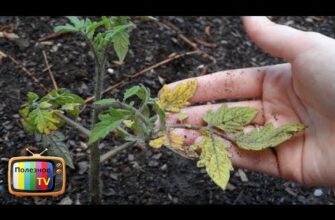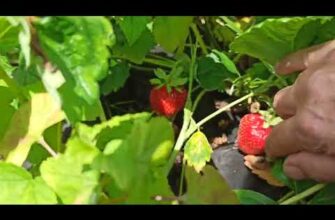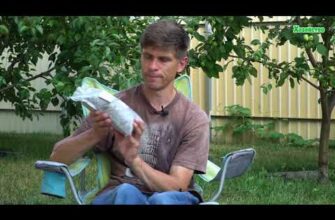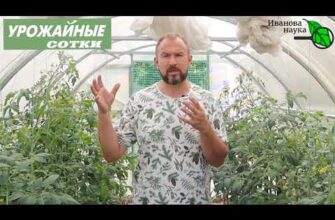- Срочные меры по борьбе с пероноспорозом чеснока
- 1. Действовать без раздумий
- 2. Не откладывать на потом
- 3. Применять специальные препараты
- 4. Уничтожать пораженные растения
- Необходимость быстрого решения проблемы
- Пероноспороз чеснока: основные симптомы
- Вред, который наносит пероноспороз чесноку
- Влияние погодных условий на развитие болезни
- Срочные меры для предотвращения распространения болезни
- Выбор устойчивых сортов чеснока
- Способы обработки посадочного материала
- Особенности посадки для предотвращения заражения
- Регулярное проведение обработки растений
- Особенности ухода за зараженными растениями
- Принцип «Спасаем, что больше не чеснок»
- Дезинфекция инструментов и рабочей поверхности
- Полив и подкормка
- Срочные меры по удалению пораженных растений
- Профилактические меры для предотвращения повторного заражения
- Вопрос-ответ:
- Что такое пероноспороз чеснока?
- Какие симптомы указывают на наличие пероноспороза чеснока?
- Каковы причины возникновения пероноспороза чеснока?
- Видео:
- Сделайте ТАК и ЧЕСНОК больше НЕ пожелтеет! 5 причин пожелтения чеснока (и лука) и как их устранить.
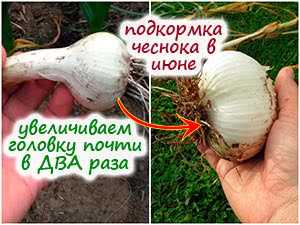
Пероноспороз – это одно из самых опасных заболеваний, которые могут поразить ваш урожай чеснока. Распространение этой болезни может привести к серьезным потерям урожая, поэтому необходимо немедленно принимать меры по ее предотвращению и лечению.
Чем больше времени вы тратите на раздумья, тем хуже становится ситуация. Пероноспороз быстро распространяется и влияет на здоровье растений, что приводит к ухудшению их общего состояния. Подобные болезни лучше предупреждать, а не лечить, поэтому не упускайте возможности принять меры сразу после обнаружения первых признаков пероноспороза.
Не откладывайте принятие решений! Чеснок – это одна из основных культур, и его урожай является важным источником дохода для многих аграрных предприятий. Уничтожение пероноспороза может спасти ваши планы на будущее и обеспечить устойчивое производство чеснока.
Срочные меры по борьбе с пероноспорозом чеснока
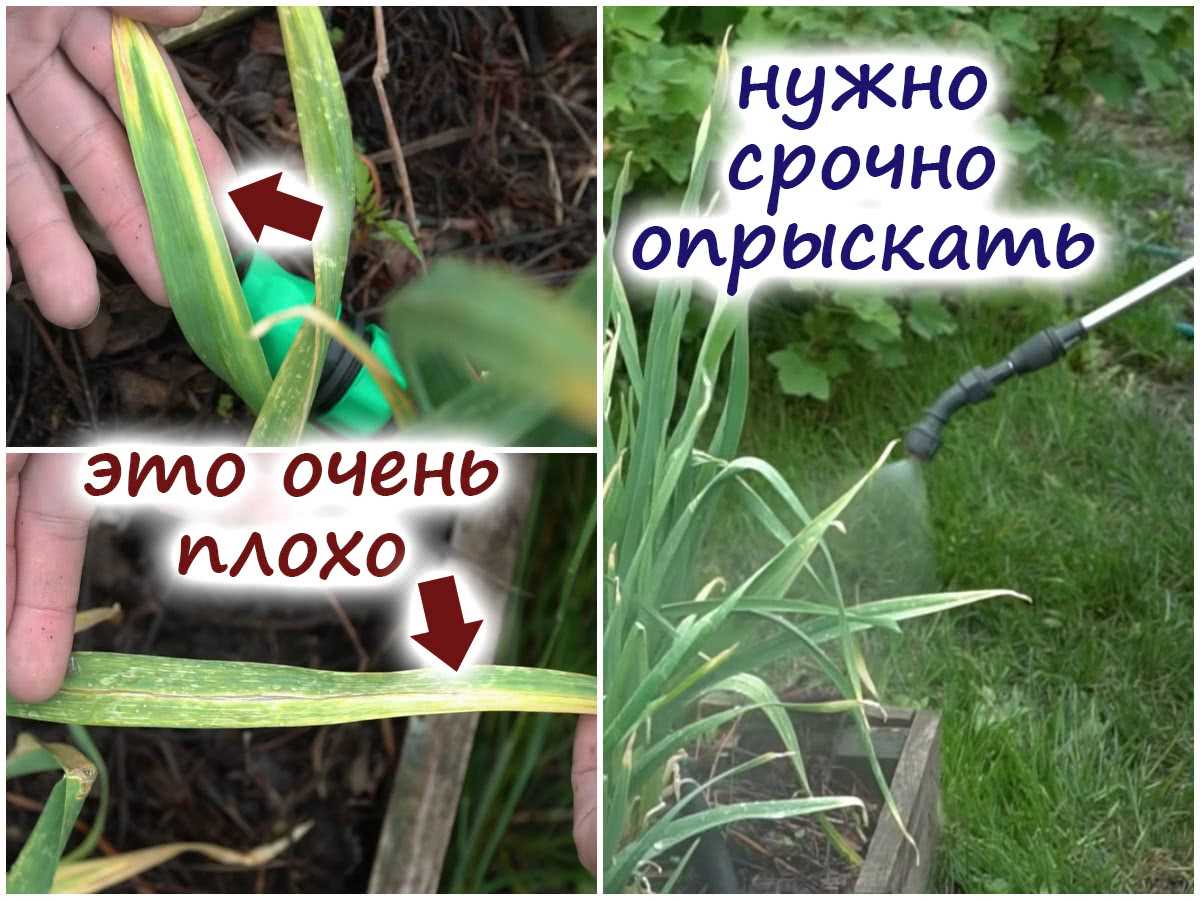
Пероноспороз чеснока — опасное заболевание, которое может нанести серьезный ущерб урожаю. Чтобы предотвратить его распространение и сохранить свои посевы, необходимо принять срочные меры.
1. Действовать без раздумий
Пероноспороз чеснока развивается очень быстро, поэтому не стоит терять время на раздумья. Сразу же приступайте к принятию мер, чтобы остановить распространение инфекции и спасти свой урожай.
2. Не откладывать на потом
Чем быстрее вы начнете бороться с пероноспорозом чеснока, тем больше шансов у вас будет спасти культуру. Не откладывайте принятие решений на потом и немедленно приступайте к действиям.
3. Применять специальные препараты
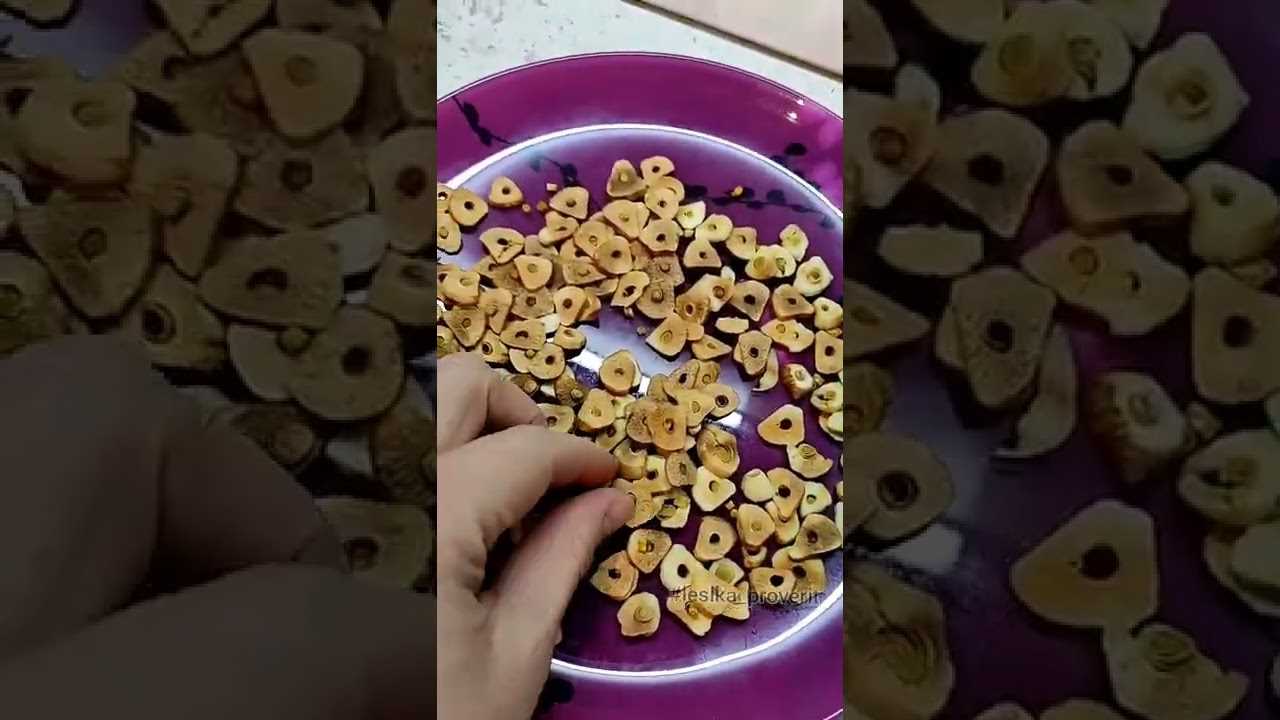
Существуют специальные препараты, которые могут помочь в борьбе с пероноспорозом чеснока. Они содержат активные вещества, способные уничтожить грибки и предотвратить их дальнейшее развитие. Используйте эти препараты согласно инструкции и регулярно обрабатывайте растения.
4. Уничтожать пораженные растения
Чтобы предотвратить распространение пероноспороза чеснока, необходимо уничтожать пораженные растения. Они являются источником инфекции и могут заразить здоровые растения. Тщательно осматривайте свои посевы и удаляйте все пораженные растения.
Принятие срочных мер по борьбе с пероноспорозом чеснока может спасти ваш урожай и предотвратить дальнейшее распространение инфекции. Не откладывайте действия, используйте специальные препараты и уничтожайте пораженные растения. Вместе с этим, важно принять профилактические меры, чтобы избежать возникновения пероноспороза в следующем сезоне.
Необходимость быстрого решения проблемы
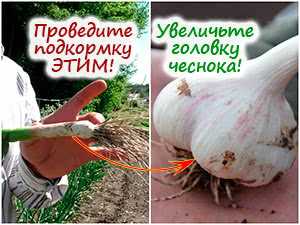
Раздумья и отсрочка при проблеме пероноспороза чеснока могут привести к серьезным последствиям. Эта опасная болезнь воздействует на растения, ослабляет их иммунную систему и может привести к потере всего урожая.
Мы должны принять меры немедленно, чтобы спасти наши чесночные посадки. Каждый день без действий только усугубляет ситуацию. Болезнь не остановится сама по себе, и чем больше времени пройдет, тем сложнее будет справиться с ее последствиями.
Всего за сутки пероноспороз может повредить значительную часть растений. Пораженные листья становятся желтыми, обсыпаются и потеряют свою жизненную силу. Если мы не примем меры сейчас, мы рискуем потерять не только текущий урожай, но и будущие урожаи в следующие годы.
Не откладывайте решение этой проблемы больше. Используйте рекомендации и инструкции специалистов, чтобы защитить свои посадки от пероноспороза чеснока. Необходимо провести обработку растений специальными препаратами и следить за их состоянием. Будьте внимательны и предельно осторожны, чтобы не допустить распространения болезни на соседние посадки.
Пероноспороз чеснока: основные симптомы
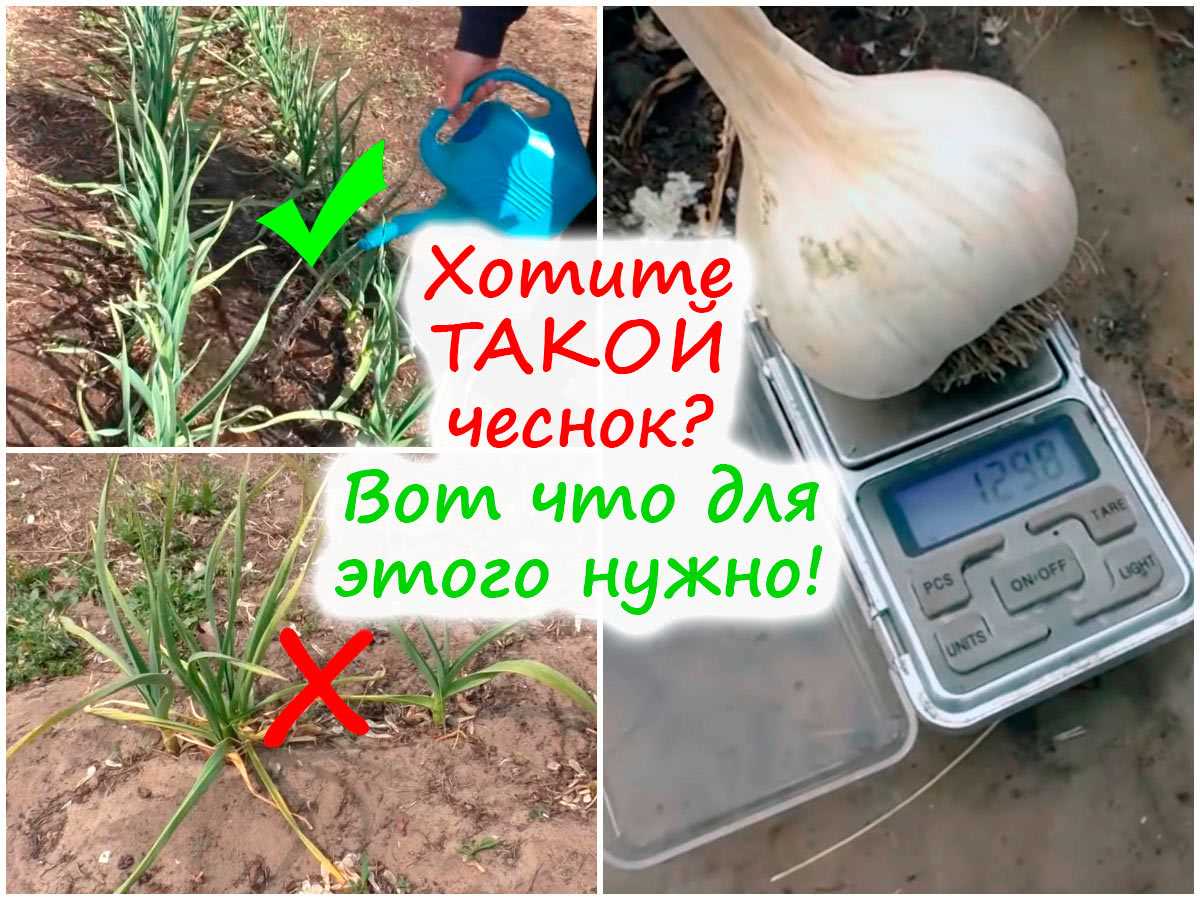
Пероноспороз — это заболевание чеснока, которое может привести к серьезным последствиям для его урожая. Важно обратить внимание на основные симптомы заболевания, чтобы своевременно принять меры по его лечению.
Первым и наиболее очевидным симптомом пероноспороза является появление желтых или коричневых пятен на листьях чеснока. Эти пятна могут быть круглыми или овальными и обычно возникают на верхушках листьев. Постепенно они увеличиваются в размере и распространяются по всему листу.
Другим характерным симптомом заболевания является появление на листьях чеснока белого налета. Этот налет представляет собой грибок, который вызывает пероноспороз. Вначале он может быть незаметным, но по мере развития заболевания становится все более заметным и плотным.
Еще одним симптомом пероноспороза чеснока является увядание и отмирание листьев. По мере того, как заболевание прогрессирует, листья чеснока начинают желтеть, сушиться и исчезать. Это может произойти за несколько дней или даже за несколько часов.
Если вы замечаете эти симптомы на своих растениях, не оставляйте их без внимания. Времени для раздумий больше нет! Спасаем ваш урожай чеснока, принимая срочные меры по борьбе с пероноспорозом!
Вред, который наносит пероноспороз чесноку
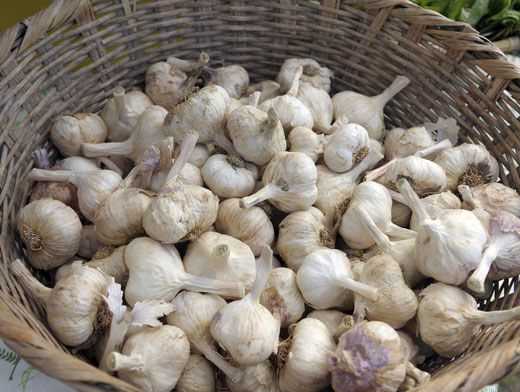
Пероноспороз — это опасное заболевание, способное причинить больше вреда, чем вы можете себе представить.
Когда пероноспороз поражает чеснок, это может стать настоящей катастрофой для вашего урожая. Он атакует листья и стебли растения, вызывая их желтизну и загнивание.
Но не только внешний вид чеснока страдает от этого заболевания, оно также может повредить его вкусовые качества. Чеснок, зараженный пероноспорозом, теряет свою ароматность и остроту.
К сожалению, пероноспороз чеснока не исчезнет просто так. Если вы задумываетесь о том, чтобы пройти мимо этой проблемы и не принимать меры, то это может привести к тому, что ваш урожай будет полностью уничтожен.
Итак, не оставляйте проблему без внимания, не размышляйте долго о том, что делать. Спасаем свой чеснок от пероноспороза сегодня!
Влияние погодных условий на развитие болезни
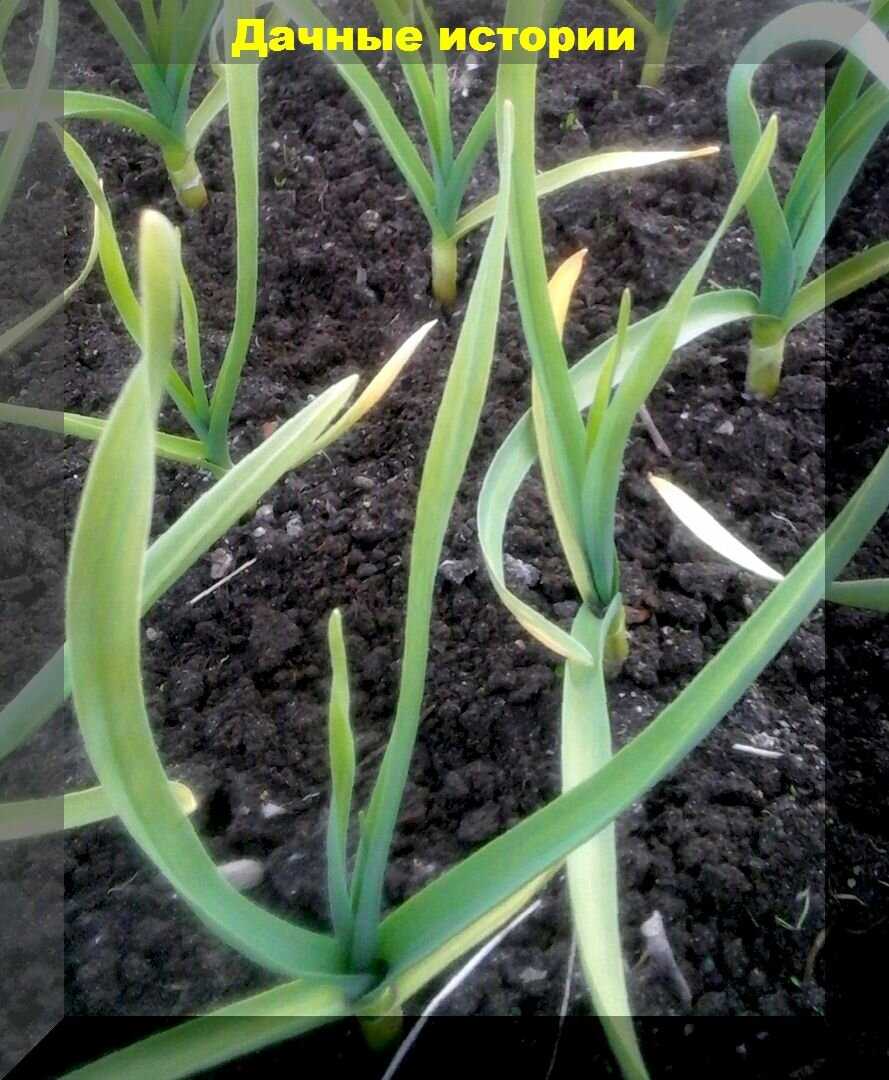
Раздумья о причинах развития пероноспороза чеснока приводят к выводу, что погодные условия играют важную роль в распространении этой болезни.
Больше всего пероноспороз проявляется при длительных периодах влажной и теплой погоды, когда воздух насыщен влагой и температура подходит для развития патогенов. В таких условиях споры пероноспороза активно размножаются и быстро заражают растения чеснока. Болезнь распространяется очень быстро, и если не принимать срочные меры, урожай может быть полностью уничтожен.
Именно во время такой погоды, когда растения чеснока находятся в наиболее уязвимом состоянии, важно быть готовыми к борьбе с пероноспорозом. Необходимо проводить профилактические обработки растений, используя специальные препараты, которые помогут защитить чеснок от возможного заражения.
Времени на раздумья о причинах возникновения болезни не остается, так как пероноспороз может развиться в течение суток и привести к серьезным последствиям для урожая. Поэтому необходимо действовать быстро и эффективно, чтобы спасти урожай.
Срочные меры для предотвращения распространения болезни
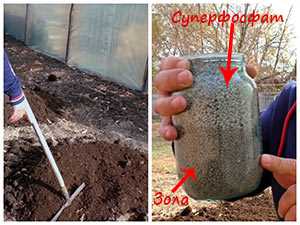
Пероноспороза чеснока — опасное заболевание, которое может привести к значительным потерям урожая. Чтобы спасти свой урожай, необходимо немедленно принимать меры по предотвращению распространения болезни.
Пероноспороза распространяется очень быстро, поэтому каждый день бездействия может привести к еще большим потерям. Не теряйте времени на раздумья — приступайте к действиям немедленно.
Одной из первостепенных мер является удаление зараженных растений. Внимательно осмотрите растения и удалите все пораженные листья и стебли. Не забывайте, что споры пероноспороза могут оставаться жизнеспособными в почве до двух лет, поэтому также рекомендуется удалить верхний слой земли вокруг зараженных растений.
Для предотвращения дальнейшего распространения болезни, также следует обработать оставшиеся растения. Используйте специальные препараты, рекомендованные для борьбы с пероноспорозом. Они помогут уничтожить споры и предотвратить их дальнейшее распространение.
Не забывайте о профилактических мерах. Укрепите свои растения, обеспечивая им достаточное количество питательных веществ и влаги. Регулярно осматривайте растения на наличие признаков болезни и немедленно принимайте меры при обнаружении пораженных участков.
Помните, что чем быстрее и эффективнее вы примете срочные меры по борьбе с пероноспорозом чеснока, тем больше шансов у вас сохранить урожай и избежать значительных потерь.
Выбор устойчивых сортов чеснока
Пероноспороз — одна из самых опасных болезней чеснока, которая способна нанести серьезный ущерб урожаю. Поэтому выбор устойчивых сортов является важным шагом в борьбе с этим заболеванием.
Основой для выбора устойчивых сортов является исследование реакции сортов чеснока на пероноспороз. Наиболее надежные и актуальные данные можно получить из опытных полей и научных исследований. Важно учесть, что реакция на болезнь может различаться в зависимости от климатических и почвенных условий.
При выборе сорта необходимо обратить внимание на его устойчивость к пероноспорозу. Идеальным вариантом будет сорт, который полностью устойчив к болезни. Однако, даже если такого сорта нет, выбирайте те, которые имеют высокую степень устойчивости. Это позволит снизить риск поражения чеснока и сохранить урожай.
Не теряйте времени на выбор. Как только появляются признаки пероноспороза на растениях, необходимо принимать меры по лечению и защите урожая. Позднее начало лечения может привести к тому, что болезнь успеет распространиться на большую площадь и нанести еще больший ущерб.
Выбор устойчивых сортов чеснока является одной из срочных мер по борьбе с пероноспорозом. Необходимо ознакомиться с результатами исследований и опытных полей, чтобы спасать свою урожайность и сберечь время и силы на более важные задачи.
Способы обработки посадочного материала
1. Термическая обработка
Так стоп!!! Вы всё ещё не подписаны на наши каналы в Телеграмм и Дзен? Посмотрите: ТГ - (@historyfantasydetectivechat) и Дзен (https://dzen.ru/myshortsstorys)
Один из самых эффективных способов борьбы с пероноспорозом чеснока — это термическая обработка посадочного материала. Для этого необходимо нагреть чесночные зубчики до температуры не ниже 50 градусов Цельсия. Такая обработка позволяет уничтожить возбудителя пероноспороза и предотвратить его распространение в почве.
2. Химическая обработка
Для борьбы с пероноспорозом чеснока можно использовать химические препараты. Например, можно обработать посадочный материал 1% раствором фунгицида. При этом следует помнить, что обработку необходимо проводить не позднее чем за 24 часа до посадки, чтобы препарат успел высохнуть и не повредил растения.
3. Механическая обработка
Если вы не хотите использовать химические и термические методы обработки, можно обратиться к механической. Для этого необходимо очистить посадочный материал от поврежденных или пораженных зубчиков чеснока. Таким образом, вы удаляете источник инфекции и спасаете здоровые растения от заражения пероноспорозом.
4. Предпосадочная обработка
Дополнительно можно провести предпосадочную обработку посадочного материала с помощью специальных препаратов, которые стимулируют рост растений и укрепляют их иммунитет. Такие препараты помогут улучшить шансы чеснока на выживание и уменьшить вероятность поражения пероноспорозом.
Особенности посадки для предотвращения заражения
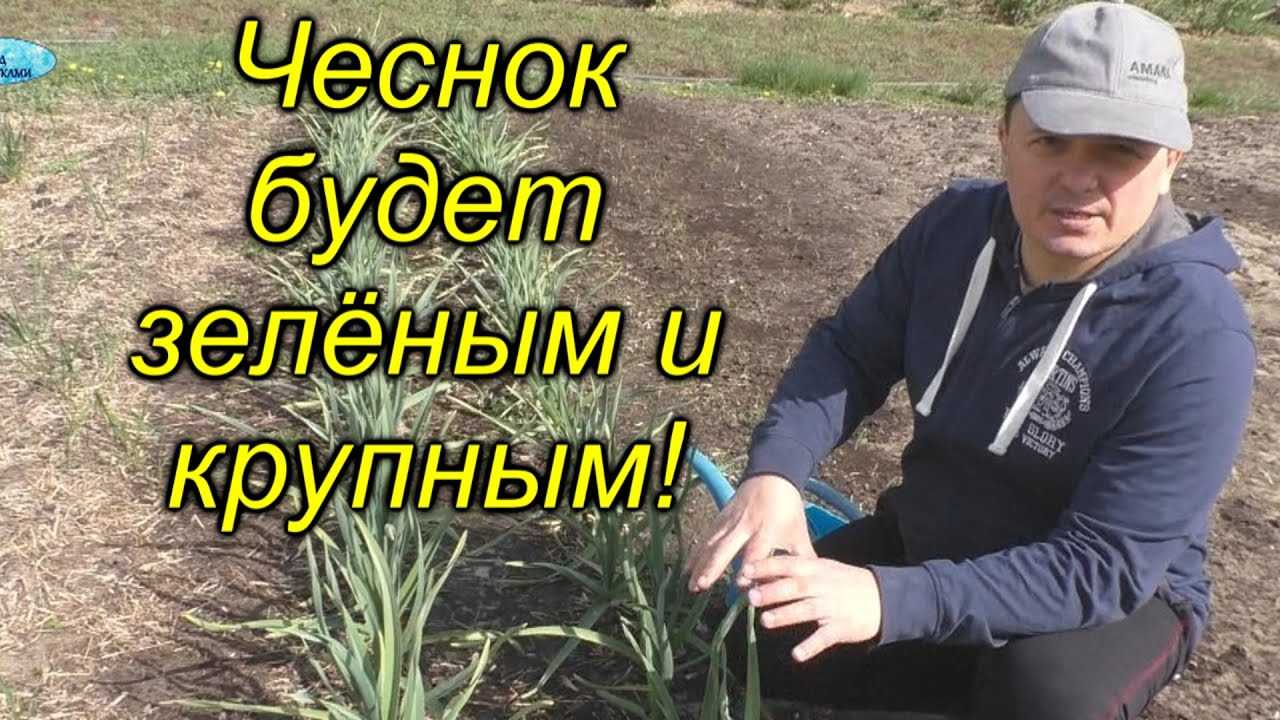
Для предотвращения заражения чеснока пероноспорозом необходимо уделить особое внимание процессу посадки и выбору места для выращивания.
Во-первых, необходимо выбрать подходящий срок для посадки чеснока. Лучше всего сажать его осенью, чтобы растение имело достаточно времени для укоренения и развития перед наступлением холодной погоды. Это позволит увеличить его сопротивляемость к пероноспорозу.
Во-вторых, при выборе места для посадки необходимо учитывать предыдущие посевы. Не рекомендуется выращивать чеснок на том же участке, где ранее уже был заражен пероноспорозом, так как это может привести к повторному заражению. Лучше выбрать участок, на котором не было выращено чеснока или других растений из семейства луковых.
Также следует обратить внимание на качество почвы. Пероноспороз хорошо развивается в кислой почве, поэтому рекомендуется посадка чеснока на нейтральных или слабокислых почвах. Если почва кислая, ее можно нейтрализовать добавлением извести или доломитовой муки.
Не стоит забывать о правильной глубине посадки. Чеснок следует сажать на глубину около 5-10 см, чтобы он достаточно пророс и развил корневую систему перед наступлением зимы. Глубокая посадка также помогает предотвратить заражение пероноспорозом, так как споры гриба находятся в верхних слоях почвы.
Регулярное проведение обработки растений
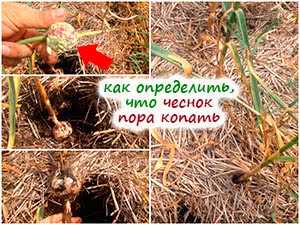
Борьба с пероноспорозом чеснока требует больше, чем просто одноразовой обработки растений. Эта опасная болезнь может распространяться очень быстро, поэтому важно не откладывать важные решения и проводить обработку чеснока регулярно.
Пероноспороз — это грибковое заболевание, которое поражает листья и стебли чеснока. Оно может привести к серьезным урожайным потерям, если не принять меры своевременно. Поэтому не стоит тратить много времени на раздумья — каждый день без обработки увеличивает риск поражения растений.
Регулярная обработка чеснока позволит уничтожить грибок и предотвратить его распространение. Необходимо использовать специальные препараты, содержащие фунгициды, которые эффективно борются с пероноспорозом. Рекомендуется применять обработку каждые 7-10 суток, особенно во время влажной погоды, когда риск заражения высок.
Не забывайте также о других мероприятиях, которые помогут предотвратить пероноспороз. Важно обеспечить хорошую вентиляцию, избегать плотных посадок и регулярно прополоть грядки. Это поможет снизить вероятность заражения и облегчить проведение обработки.
Особенности ухода за зараженными растениями
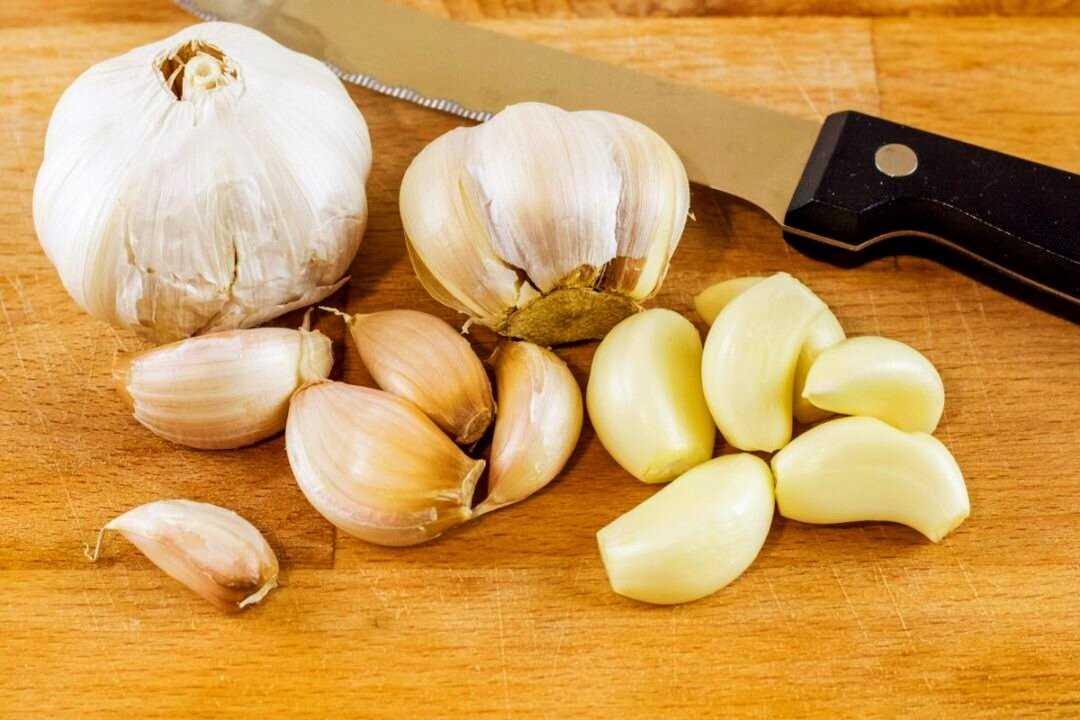
Когда на чесночных постельных ложах появляются признаки пероноспороза, нет времени на раздумья — необходимо немедленно приступить к действиям. Заболевание может распространяться очень быстро, поэтому каждый прошедший день может привести к большим потерям урожая.
Принцип «Спасаем, что больше не чеснок»
Одной из основных особенностей ухода за зараженными растениями является принцип «Спасаем, что больше не чеснок». В случае обнаружения заболевания важно немедленно выкопать и уничтожить зараженные растения. Это поможет предотвратить дальнейшее распространение болезни и защитить здоровые растения.
Дезинфекция инструментов и рабочей поверхности
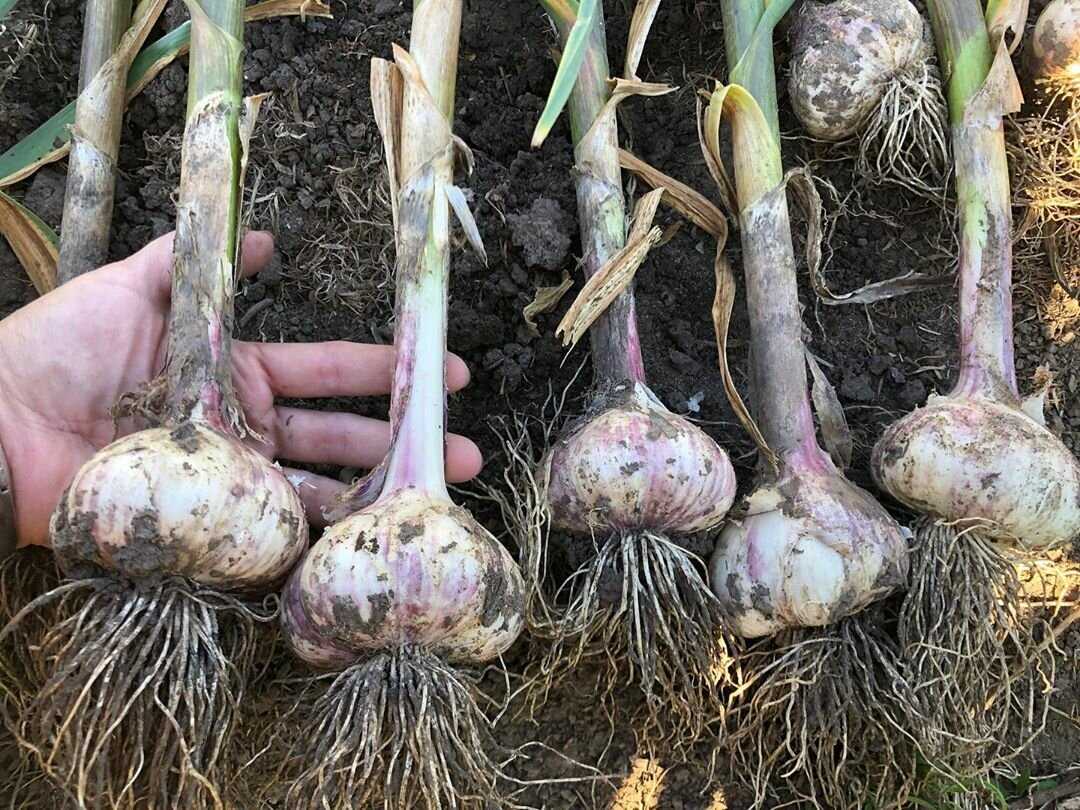
При обработке зараженных растений важно соблюдать меры санитарии. Инструменты, используемые для выкапывания и уничтожения зараженных растений, должны быть предварительно дезинфицированы. Рабочую поверхность также следует тщательно протереть дезинфицирующим раствором.
Полив и подкормка
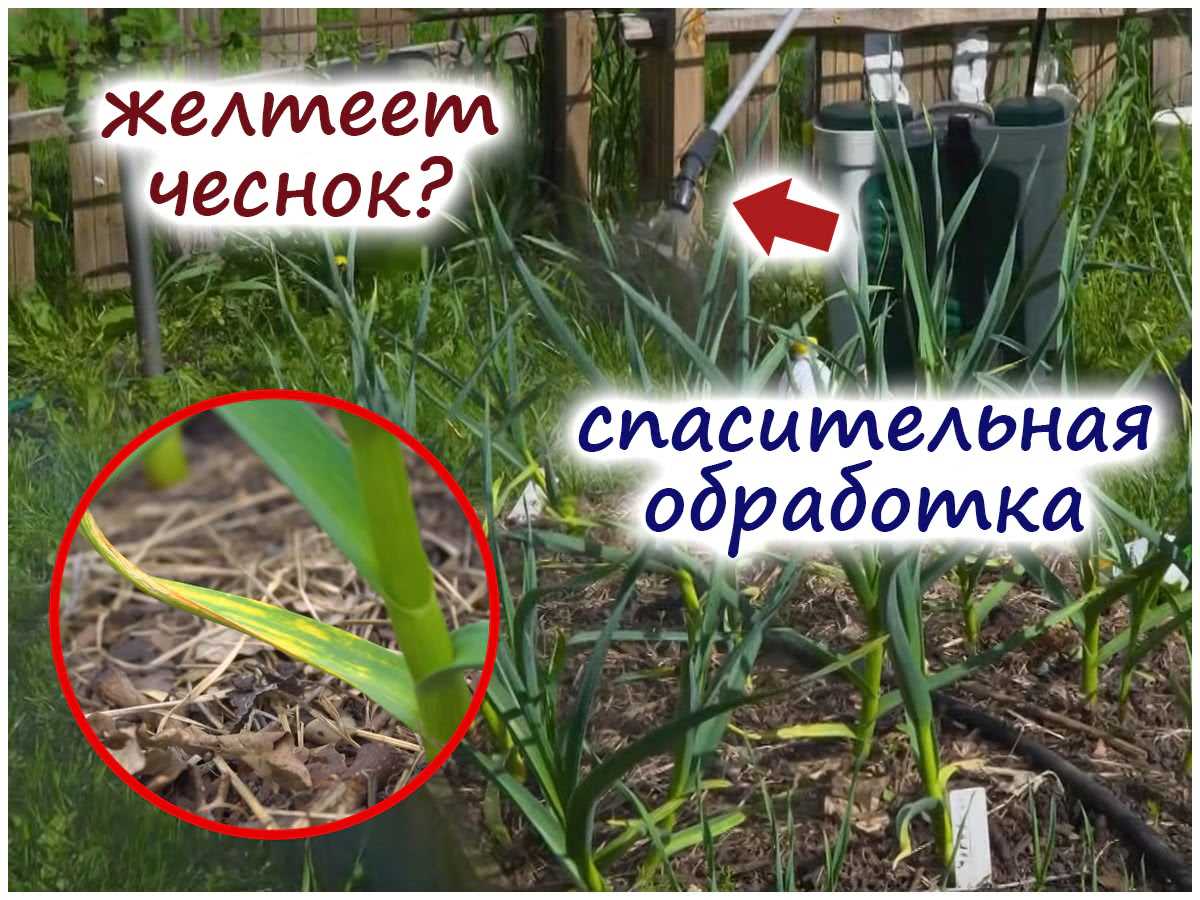
Зараженные растения нуждаются в особенных условиях ухода. Следует ограничить полив, чтобы предотвратить распространение болезни почвенным путем. Однако, необходимо помнить, что чеснок все же нуждается в достаточном количестве влаги, поэтому полив должен быть умеренным.
Также стоит обратить внимание на подкормку зараженных растений. Важно выбрать удобрения, которые помогут укрепить иммунитет растений и помогут им справиться с болезнью.
Срочные меры по удалению пораженных растений
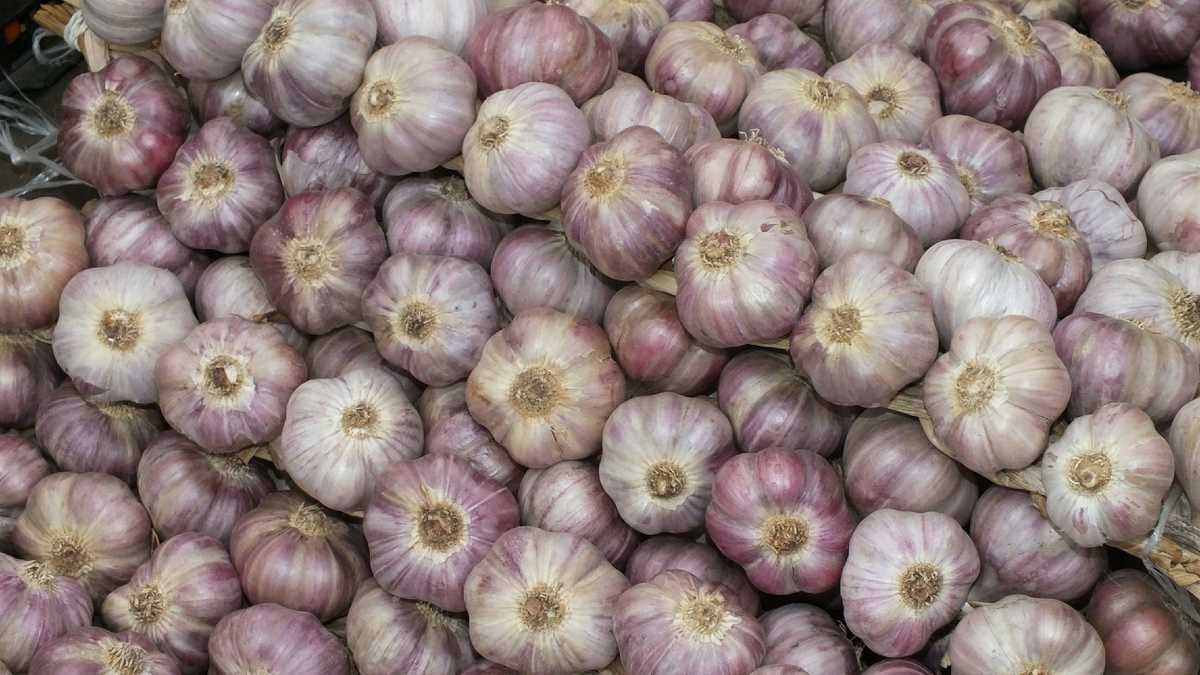
Пероноспороз чеснока — это опасное грибковое заболевание, которое может быстро разрушить всю посадку. Поэтому необходимо немедленно принять меры по удалению пораженных растений, чтобы предотвратить распространение инфекции на здоровые растения.
Времени на раздумья и откладывание решений просто не осталось. На протяжении нескольких суток пероноспороз способен заразить соседние растения, и в итоге всю посадку можно потерять. Поэтому каждый день имеет огромное значение.
Чтобы спасти оставшийся чеснок, необходимо удалить все пораженные растения. При этом нужно быть особенно внимательными и тщательно осмотреть каждую головку на наличие признаков инфекции. Пораженные растения следует выкопать и уничтожить, чтобы не дать грибкам возможность распространиться.
Очень важно также провести обработку оставшихся здоровых растений. Для этого можно использовать специальные препараты, которые эффективно борются с пероноспорозом. Но прежде чем приступить к обработке, необходимо тщательно изучить инструкции по применению и соблюдать рекомендации производителя.
В целях профилактики следует также провести дезинфекцию почвы и инвентаря. Для этого можно использовать специальные растворы или химические препараты. И, конечно же, не стоит забывать о соблюдении правил гигиены, чтобы не перенести инфекцию на другие участки или сады.
Профилактические меры для предотвращения повторного заражения
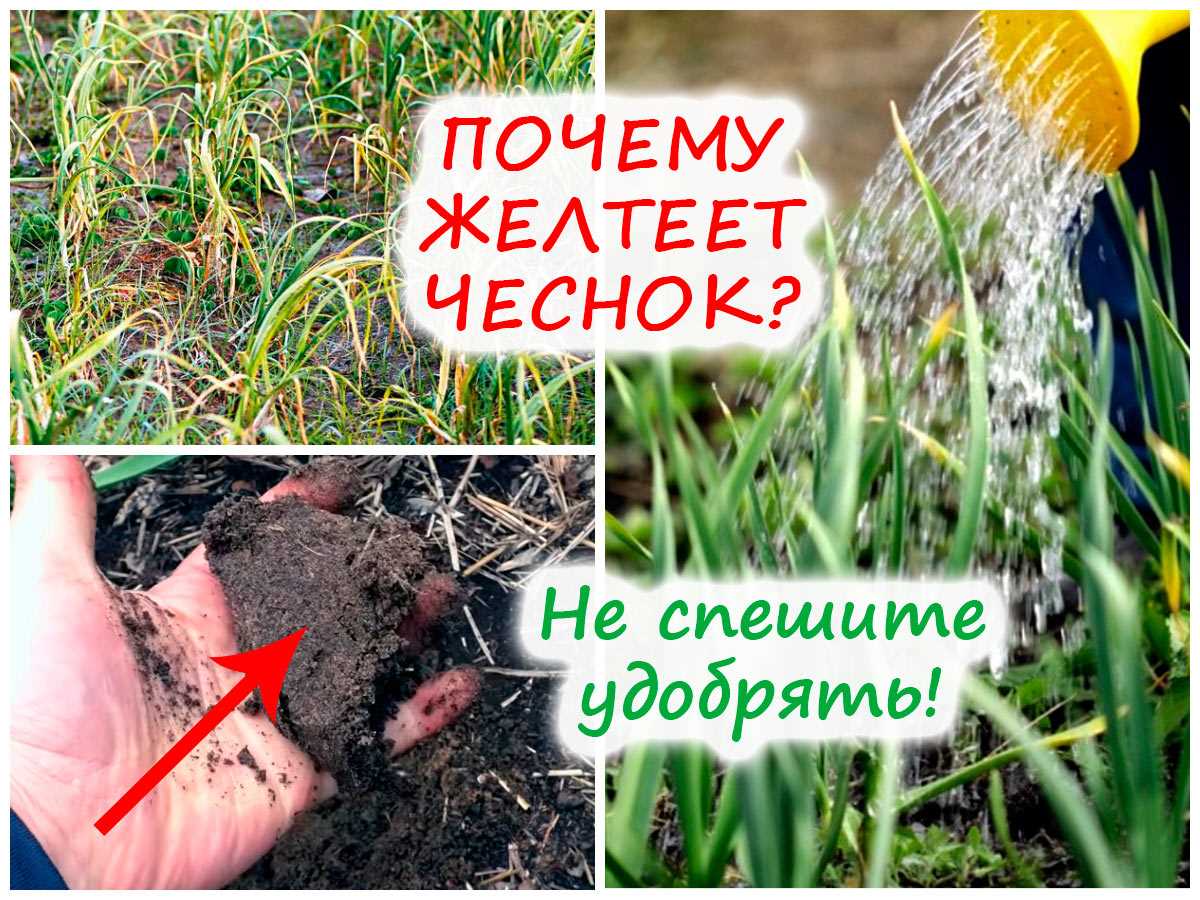
После проведения срочных мер по борьбе с пероноспорозом чеснока необходимо предпринять дополнительные профилактические меры, чтобы предотвратить повторное заражение растений.
1. Не откладывайте дезинфекцию инструментов
Для предотвращения распространения пероноспороза чеснока рекомендуется регулярно обрабатывать инструменты, используемые при обработке растений. Очистите и промойте инструменты после каждого использования, используя специальные дезинфицирующие средства. Это поможет уничтожить возможные споры грибка и предотвратить их перенос на здоровые растения.
2. Усиление мер по контролю за влажностью
Пероноспороз чеснока процветает при высокой влажности. Чтобы предотвратить повторное заражение, регулярно проверяйте и контролируйте уровень влажности в почве и окружающей среде. Используйте системы дренажа, если почва имеет склонность к задержке влаги. При необходимости применяйте средства для уменьшения влажности воздуха в теплицах или других закрытых помещениях.
3. Внимательный отбор материала для посадки
Особое внимание следует уделить отбору семенного материала для посадки. Приобретайте семена и посадочный материал у проверенных поставщиков или выращивайте их самостоятельно, обеспечивая необходимую стерильность. При обнаружении признаков пероноспороза на растениях, немедленно изолируйте и ликвидируйте зараженные экземпляры, чтобы предотвратить распространение грибка на остальные растения.
4. Регулярные обследования и контроль за состоянием растений
Ни в коем случае не допускайте раздумий и лености — регулярно осматривайте свои чесночные посадки на предмет возможных признаков пероноспороза. Отметьте и принимайте срочные меры по борьбе с заболеванием в случае обнаружения каких-либо изменений в состоянии растений. Только быстрые и эффективные действия помогут предотвратить повторное заражение растений и сохранить урожай.
Вопрос-ответ:
Что такое пероноспороз чеснока?
Пероноспороз чеснока — это грибковое заболевание, которое поражает луковицы и листья растения. Оно вызывается грибами рода Peronospora и может привести к серьезному повреждению урожая чеснока.
Какие симптомы указывают на наличие пероноспороза чеснока?
Симптомы пероноспороза чеснока могут включать желтение и пожелтение листьев, появление бурых пятен на листьях, плесневые налеты, гниение луковиц, увядание растения и снижение урожайности. Также могут быть видны споры гриба в виде черных пятен на листьях.
Каковы причины возникновения пероноспороза чеснока?
Пероноспороз чеснока может возникать из-за неблагоприятных погодных условий, таких как высокая влажность и тепло, что способствует развитию гриба. Также инфекция может распространяться через почву, инструменты или через зараженное растение.


